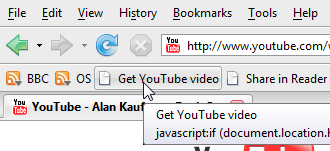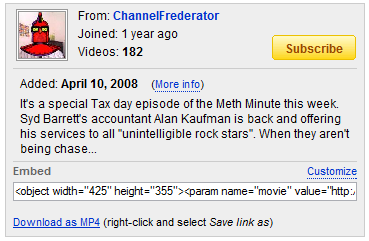Google Talk has four flavors (Google Talk, Gmail Chat, Google Talk Gadget and Google Talk Labs Edition) and all of them have different features: you can transfer files only in Google Talk, chat with AIM contacts only in Gmail, get calendar notifications only in Google Talk Labs Edition and upload pictures from webcam only in the gadget. It's quite confusing to switch between all these implementations of the same service. Apparently, the main reason behind the launch of Google Talk Labs Edition was to unify these versions in a common platform. Here's a recent post from Ollie, Google Talk Guide:
We certainly haven't forgotten about our client users and we've been listening to your comments (here, in the Google Talk Help Discussion Group, and on the feedback forms). We hear you loud and clear; you love the client and you want it to have all the great new features that have been added to Gmail Chat or the Google Talk Gadget. We know that it's important to be able to chat inside and outside of your browser and that it's important to have a full array of features at your fingertips in both places. In short, you want to be able to choose how to connect to the Google Talk service without having to make any major feature trade-offs. We're completely with you on this one -- we want that too!
Now, I suspect some of you are thinking: if you're with us on that, why aren't all features available on the client right now? Well, we've got a lot on our plate here at Google Talk and we're always negotiating what we can get done. At the moment, we're focusing our energy on developing platforms that will let us make Google Talk better for all our users, whether they want a web-based experience or a client experience. There is still much to done, but we're committed to continually improving the Google Talk user experience for everyone.
As Jeff suggested in the comments, all these delayed Google Talk updates could be caused by a future integration with GrandCentral. "Although you haven't heard as much from us in the past few months as you did before, we are working hard every day on the next great version of GrandCentral and a ton of cool new features," informs up a post from GrandCentral Blog.

























 "1. Click the north up button to reset the view so that north is at the top of the screen. Click and drag the ring to rotate your view.
"1. Click the north up button to reset the view so that north is at the top of the screen. Click and drag the ring to rotate your view.


















